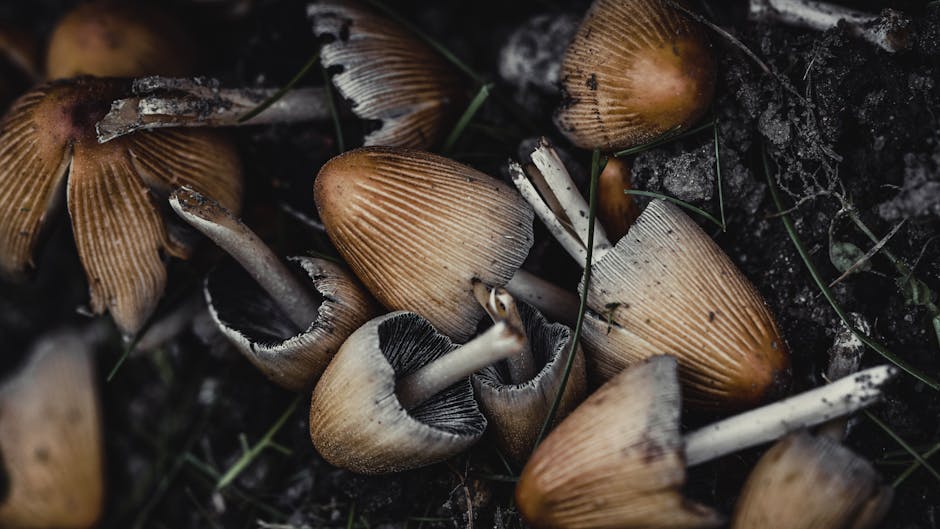How to forage for food in the forest

How to forage for food in the forest
Foraging for food in the forest can be a rewarding and sustainable way to supplement your diet with fresh, wild edibles. However, it’s important to approach foraging with knowledge, respect for nature, and safety in mind. In this guide, we’ll explore the ins and outs of foraging for food in the forest, from identifying edible plants and mushrooms to understanding the legal and ethical considerations.
Table of Contents:
1. Understanding the Basics of Foraging
2. Identifying Edible Plants and Mushrooms
3. Foraging Safety and Ethics
4. Harvesting and Preparing Wild Foods
5. Conclusion
1. Understanding the Basics of Foraging
Foraging is the practice of searching for and collecting wild food resources. It’s a skill that humans have used for millennia, and it’s still relevant today. Before you start foraging, it’s crucial to have a solid understanding of the environment you’ll be exploring and the types of food you might find.
– Research the local flora and fauna
– Learn to identify common edible plants and mushrooms
– Understand the seasons and how they affect plant growth
2. Identifying Edible Plants and Mushrooms
One of the most important aspects of foraging is being able to correctly identify edible species. Misidentification can lead to consuming toxic plants or mushrooms, which can be dangerous or even fatal.
– Use field guides and apps to aid identification
– Take note of the plant’s habitat, leaf shape, and color
– Learn to distinguish edible mushrooms from poisonous look-alikes
– Attend workshops or go foraging with experienced individuals
3. Foraging Safety and Ethics
Foraging should always be done responsibly and safely. This means being aware of your surroundings, knowing which plants are protected or endangered, and understanding the rules and regulations of the area you’re foraging in.
– Obtain permission if foraging on private land
– Only take what you need and leave enough for wildlife and regrowth
– Be cautious of areas that may be contaminated with pollutants
– Respect wildlife and their habitats
4. Harvesting and Preparing Wild Foods
Once you’ve safely identified and collected edible wild foods, it’s time to prepare them for consumption. Proper preparation is key to ensuring the food is safe to eat and enjoyable.
– Clean and inspect all foraged items thoroughly
– Cook or process plants and mushrooms as required to remove toxins
– Experiment with recipes and preservation methods
– Store foraged foods properly to maintain freshness
5. Conclusion
Foraging for food in the forest can be a fulfilling activity that connects you with nature and provides a source of nutritious, organic food. By following the guidelines outlined in this article, you can forage safely and sustainably. Remember to always prioritize safety, respect the environment, and continuously educate yourself on the art of foraging. Happy foraging!